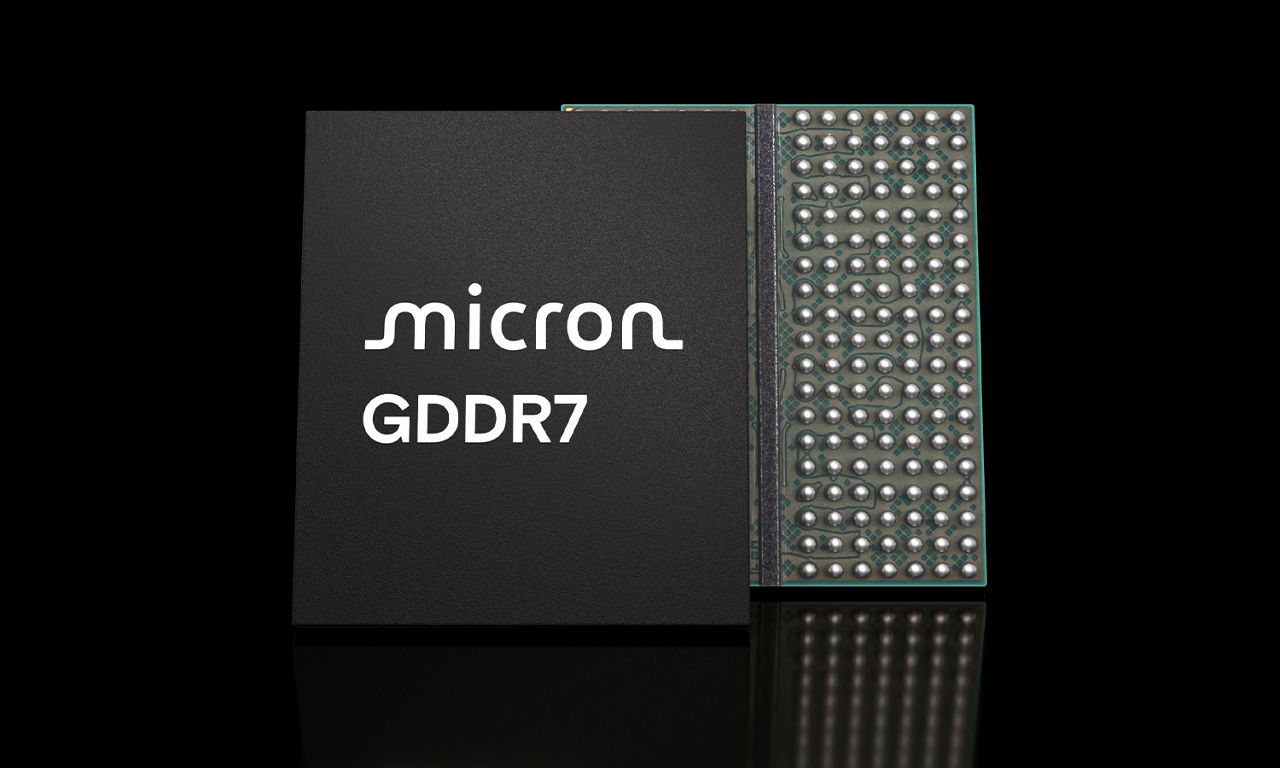
News

AI applications is driving the memory market forward, with HBM (High Bandwidth Memory) undoubtedly being a sought-after product of the industry, attracting increased capital expenditure and production expansion from memory manufacturers. At the meantime, a new force in the memory market has quietly emerged: GDDR7 is expected to drive the memory market steadily forward as HBM amid the AI wave.
GDDR7 and HBM both belong to the category of graphics DRAM with high bandwidth and high-speed data transmission capabilities, providing strong support for AI computing. However, GDDR7 and HBM differ slightly in terms of technology, application scenarios, and performance.
GDDR7 is the latest technology in the GDDR family primarily used to enhance the available bandwidth and memory capacity of GPU. In March 2024, JEDEC, the Solid State Technology Association, officially released the JESD239 GDDR7 standard, which significantly increases bandwidth, eventually reaching 192GB/s per equipment.
It can be calculated that the memory speed is 48Gbps, double that of GDDR6X, the number of independent channels double from 2 in GDDR6 to 4 in GDDR7, and it supports densities ranging from 16-32 Gbit, including support for 2-channel mode to double system capacity.
Additionally, JESD239 GDDR7 is the first JEDEC-standard DRAM to use a Pulse Amplitude Modulation (PAM) interface for high-frequency operation. Its PAM3 interface improves the signal-to-noise ratio (SNR) in high-frequency operations while improving energy efficiency.
GDDR7 is mainly applied in graphics processing, gaming, computing, networking, and AI, particularly in gaming, where its high bandwidth and high-speed data transmission capabilities can significantly improve frame smoothness and loading speed, enabling a better experience for game players. In the field of AI, GDDR7 boasts great potential, capable of supporting rapid data processing and computation for large AI models, thus speeding up model training and inference.
Michael Litt, chairman of the JEDEC GDDR Task Group, has stated that GDDR7 is the first to focus not only on bandwidth but also on integrating the latest data integrity features to meet the market demands for RAS (Reliability, Availability, and Serviceability). These features allow GDDR devices to better serve existing markets like cloud gaming and computing, and expand its presence to AI sector.
Based on memory stacking technology, HBM connects layers through Through-Silicon Via (TSV), and features high capacity, high bandwidth, low latency, and low power consumption. Its strength lies in breaking the memory bandwidth and power consumption bottleneck. Currently, HBM is mainly used in AI server and supercomputer applications.
Since the introduction of the first generation in 2013, HBM has developed the second generation (HBM2), third generation (HBM2E), fourth generation (HBM3), and fifth generation (HBM3E).
This year, HBM3e will be the mainstream in the market, with concentrated shipments expected in 2H24. Besides, the sixth generation HBM4 is anticipated to make its debut as early as 2025. Reportedly, HBM4 will bring revolutionary changes, adopting a 2048-bit memory interface, which theoretically can double the transmission speed again.
Due to high technical barriers, HBM market share is firmly at the helm of the three major memory players: SK Hynix, Samsung, and Micron. With the ongoing influence of AI, their competition has been expanding from HBM to GDDR field.
Since the beginning of this year, the three manufacturers have successively announced the availability of GDDR7 memory samples. It’s expected that some of them will start mass production of GDDR7 between 4Q24 and 1Q25.
Photo credit: Samsung Electronics
In March, Samsung and SK Hynix announced their respective GDDR7 specifications. Samsung’s GDDR7 chip, using PAM3 signal for the first time, can achieve a speed of 32Gbps at a DRAM voltage of only 1.1V, exceeding the JEDEC GDDR7 specification of 1.2V.
SK Hynix’s latest GDDR7 product, compared to its predecessor GDDR6, offers a maximum bandwidth of 160GB/s, double that of the previous generation, with a 40% improvement in power efficiency and a 1.5 times increase in memory density.
In June, Micron announced it already begun sampling its new generation of GDDR7, achieving a speed of 32Gbps and a memory bandwidth of 1.5TB/sec, a 60% improvement over GDDR6, boasting the industry’s highest bit density. Micron’s GDDR7 utilizes 1β DRAM technology and an innovative architecture and has four independent channels to optimize workloads, offering faster response time, smoother gaming experience, and shorter processing time.
Additionally, Micron’s GDDR7 improves energy efficiency by 50% relative to GDDR6, which hence enhances thermal performance for portable devices (Like laptop) and extends battery lifespan. The new sleep mode can reduce standby power consumption by 70%. Micron claims its next-generation GDDR7 can deliver high performance, increasing throughput by 33% and reducing response time for generative AI workloads (Text and image creation included) by 20%.

Photo credit: Micron
Recently, rumor has it that NVIDIA RTX 50 series will fully adopt the latest GDDR7, with a maximum capacity of 16GB, including models GN22-X11 (16 GB GDDR7), GN22-X9 (16 GB GDDR7), GN22-X7 (12 GB GDDR7), GN22-X6 (8 GB GDDR7), GN22-X4 (8 GB GDDR7), and GN22-X2 (8 GB GDDR7). The industry believes that GDDR7 will become a new arena in the memory market following HBM, in which manufacturers will continue to battle for NVIDIA GPU orders.
Read more
(Photo credit: Samsung Electronics)